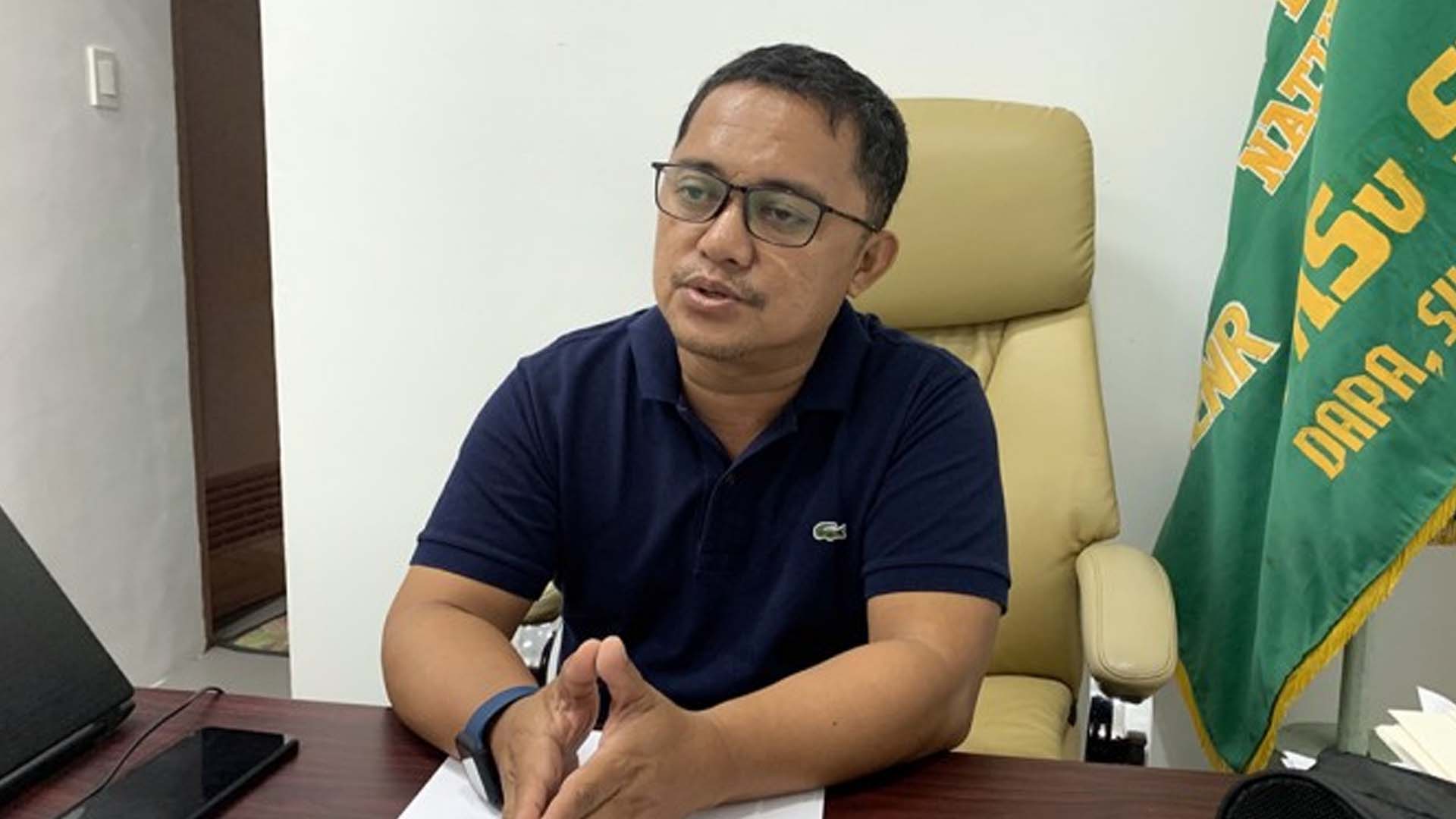For the past 27 years, the Department of Environment and Natural Resources in the Caraga Region (DENR-13) has been playing a vital role in protecting and conserving the biodiversity of Siargao Island.
The DENR-13, through its Protected Area Management Office (PMO) here, has been supervising the Siargao Island Protected Landscape and Seascape (SIPLAS) to ensure biodiversity conservation and protection alongside the booming tourism activities on the island.
“SIPLAS ensures that the jewel of Siargao Island, its nature and beauty, are protected today and for the future generation. The flourishing tourism industry is anchored on these jewels of the island,” Samuel Malayao, SIPLAS area supervisor, said in an interview on Friday.
SIPLAS was established through Presidential Proclamation No. 902, issued by the late president Fidel V. Ramos, on Oct. 10, 1996.
It covered a total of 283,974.77 hectares of protected areas in Siargao, 221,178.77 hectares of which comprise water, while 62,796 hectares are coastal and terrestrial areas.
All of the nine municipalities of Surigao del Norte are situated on Siargao Island, with 137 villages covered by SIPLAS.
Malayao noted that of the total area covered by SIPLAS, 19,374.35 hectares are considered Strict Protection Zones (SPZ) where all tourism and business activities are prohibited.
Of the SPZ areas, 7,350 hectares are in the terrestrial and 12,024.35 are in the marine areas, he added.
“Coordination is very important between the PMO and the local government units (LGUs) in the island to specifically concentrate all of the tourism and business activities outside of the SPZ,” Malayao said.
He also pointed out that under SIPLAS, some 55,446 hectares of terrestrial areas are considered “multiple-use zones” where all tourism and business activities are allowed.
Conservation efforts
In a separate interview, Milafe Nohara, SIPLAS deputy supervisor, noted that the efforts of the PMO through SIPLAS are concentrated on the protection and conservation of mangroves, the mammal and bird species, and the island’s marine resources.
“We are also implementing the National Greening Program (NGP) of the DENR to ensure the increased population of mangroves on the island, particularly here in Del Carmen.
At present, around 8,272 hectares of mangroves are being protected under the SIPLAS,” Nohara said.
Currently, she said PMO is also engaged in contracting different people’s organizations for planting and replanting of mangroves under the NGP.
In addition, Nohara noted the increasing population of mammals in the area, particularly the tarsiers and the flying lemurs.
“We are conducting the quarterly population survey of these mammals, including the gathering of reports of residents on sightings,” Nohara said.
In general, she said SIPLAS covers the protection and conservation of 21 mammal species, 85 bird species, and nine endemic species of frogs.
Support to farmers
The DENR-13, through SIPLAS, also facilitated the issuance of 34.730 hectares of residential free patents for residents and 5,247.7402 hectares of agricultural free patents to farmers inside the SIPLAS areas.
Among those who received his free patent was Isagani Hubilla, 66, a farmer from Del Carmen town.
“I am thankful that the four hectares of agricultural land which I have been farming for more than 10 years is issued a free patent by the DENR through the PMO,” he said.
The free patent, he added, is an assurance of ownership of the land he is tilling devoted to coconuts and other crops. (PNA)


















